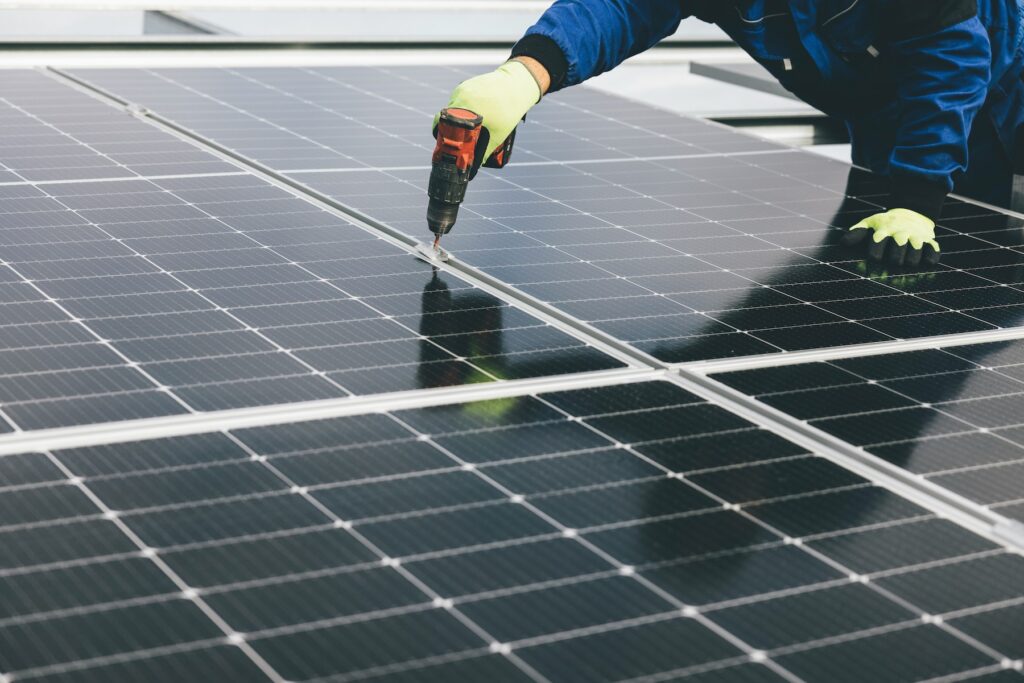A deeper look into the immersive journey into the future of sustainable living! Weave through the principles of sustainable housing, its real-world examples, challenges, and future outlook as it relates to the United Nations’ Sustainable Development Goals.

Photo: Philip de Leon on Unsplash
Emerging from the evolving narrative of the United Nations’ Sustainable Development Goals (SDGs), sustainable housing comes into the limelight as one of the most viable solutions for addressing a myriad of pressing global challenges. This article unlocks the dimensions of sustainable housing, from its principles to its global impact.
Visions and Foundations: The Seed of Sustainable Housing and its Blossoming Role in SDGs
Sustainable housing plays a crucial role in sculpting the SDGs, and one of its main focuses is making our cities and communities more inclusive, safe, resilient and sustainable, which is Goal 11. It aspires to create an infrastructure that respects and sustains resources, deploys eco-friendly construction materials, emphasizes energy efficiency, and guarantees that all individuals have access to affordable, safe, and resilient housing.
However, the achievement of these ambitious goals is continually challenged by housing-related issues including escalating urban density, overconsumption of finite resources, mounting waste production, and a widening gap in affordable housing.
In this complicated situation, sustainable housing provides effective solutions. As we delve deeper into the idea of sustainable housing, we discover the basic principles of this eco-friendly building approach.
Pillars of Sustainable Housing: Addressing Environmental, Economic, and Societal Dimensions
The core of sustainable housing lies in energy efficiency, achieved through renewable energy sources, natural light optimization, insulation, smart technology, and reduced consumption, paving the way for net-zero living.
Along with energy efficiency, sustainable housing emphasizes the conservation of resources. It promotes the use of eco-friendly materials such as reclaimed wood and recycled metal, which not only reduce the ecological footprint but also create healthy indoor environments.
Additionally, sustainable housing aspires to be more than just environmentally sustainable—it’s conceived to be economically viable and socially equitable. Low-cost green construction techniques, alternative community-led housing models, and innovative financing mechanisms are some aspects that make sustainable housing accessible to all.
Concretizing Sustainability: Sustainable Housing Realizations that Inspire Change
To witness these principles in action, one can turn to outstanding projects around the globe. The Community First! Village in Austin, Texas transforms RVs and tiny houses into homes for the homeless, utilizing renewable energy sources as a vital element in its construction. Its impact on the local community is profound, bringing socio-economic change alongside environmental conservation.
Similarly, Vauban, a district in Freiburg, Germany presents an urban answer to sustainable living. Here, energy-efficient housing units, fabricated substantially using sustainable construction materials, are complemented with effective public transport and car-free streets.
Moreover, sustainable housing models like tiny houses, co-living spaces, and passive houses are undergoing global adoption. These models spotlight the inherent adaptability of sustainable housing principles across diverse climatic, cultural, and economic contexts.
Rules and Bonds: The Essential Role of Policies and Partnerships
With that being said, responsive government policies and regulations provide the necessary catalyst for mainstreaming sustainable housing. Policymakers, by mandating energy efficiency standards, ensuring affordable access to renewable energy, and promoting sustainable building practices, can dramatically shape the sustainable housing landscape.
Simultaneously, financial reinforcements and symbiotic collaborations between public and private sectors offer vital support to the proliferating industry of sustainable construction. The advent of green mortgages, carbon credits, and green bonds makes investing in sustainable housing more appealing and convenient.
Navigating the Maze: Unraveling Challenges and Envisioning the Future
While full of potential, the widespread use of sustainable housing faces significant challenges. Shortfalls in green skill sets, high upfront costs, market inertia, and a maze of regulatory barriers loom large.
Yet, innovations such as modular and prefab construction, blockchain technology in real estate, or advances in clean energy technology continually offer fresh prospects for overcoming obstacles.
Join the Movement: Be a Part of the Sustainable Housing Revolution!
Looking ahead, as more technological advancements and design philosophies emerge, sustainable housing will further evolve, molding itself into more inclusive, affordable, and resource-efficient forms. By dovetailing into the ethos of SDGs, it would play a pivotal role in edifying an era of sustainable cities and communities—a legacy cherished by future generations.
Start your sustainability journey with BillionBricks! We are building the first net-zero homes in the Philippines. Interested in owning a self-sustaining and affordable home? Contact us here.
If you’re passionate about sustainable living and want to learn more, we recommend you dive into our article that’s filled with valuable insights. Take a look at Sustainable Homeownership: Building Your Green Dream Home in the Philippines.
Resources:
-
United Nations. The 17 Goals. Retrieved from https://sdgs.un.org/goals
-
Trives Moore and Andreanne Doyon. The Sustainable Housing Challenge. Retrieved from https://link.springer.com/chapter/10.1007/978-981-99-2760-9_4
-
Krees de Guia. Recycle, Reuse, Rehome – Sustainable Housing with Recycled Materials. Retrieved from https://billionbricks.org/updates/recycle-reuse-rehome-sustainable-housing-with-recycled-materials?rq=sustainable%20housing
-
BillionBricks. Architecture for social improvement. Retrieved from https://billionbricks.org/updates/architecture-for-social-improvement?rq=social
-
MLF. Community First! Village. Retrieved from https://mlf.org/community-first/
-
G. J. Coates. THE SUSTAINABLE URBAN DISTRICT OF VAUBAN IN FREIBURG, GERMANY. Retrieved from https://www.witpress.com/Secure/ejournals/papers/D&NE080401f.pdf




